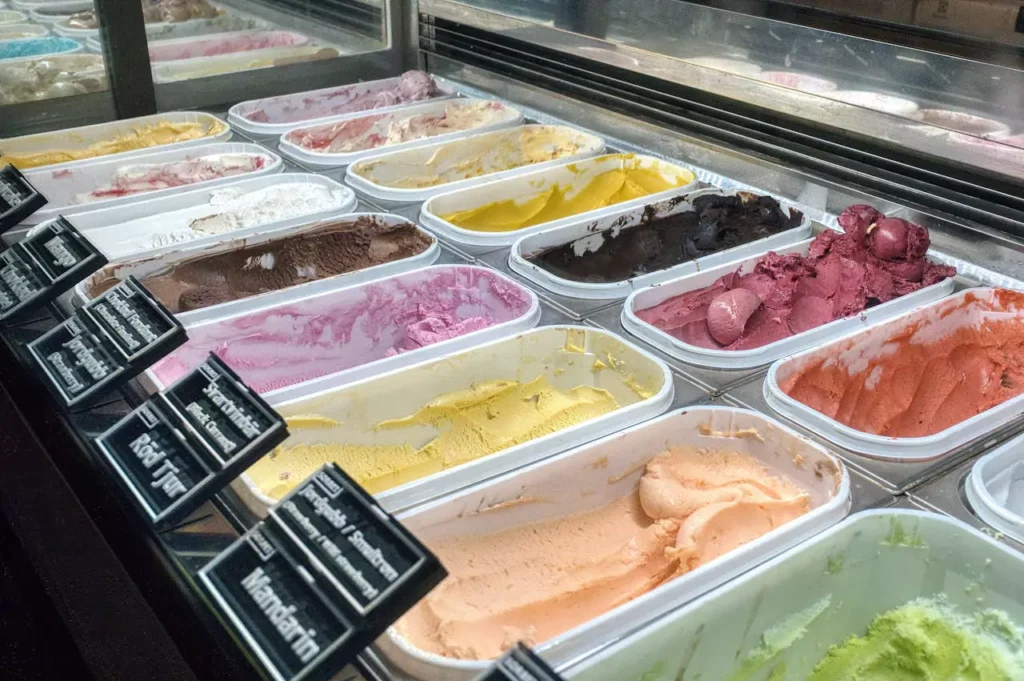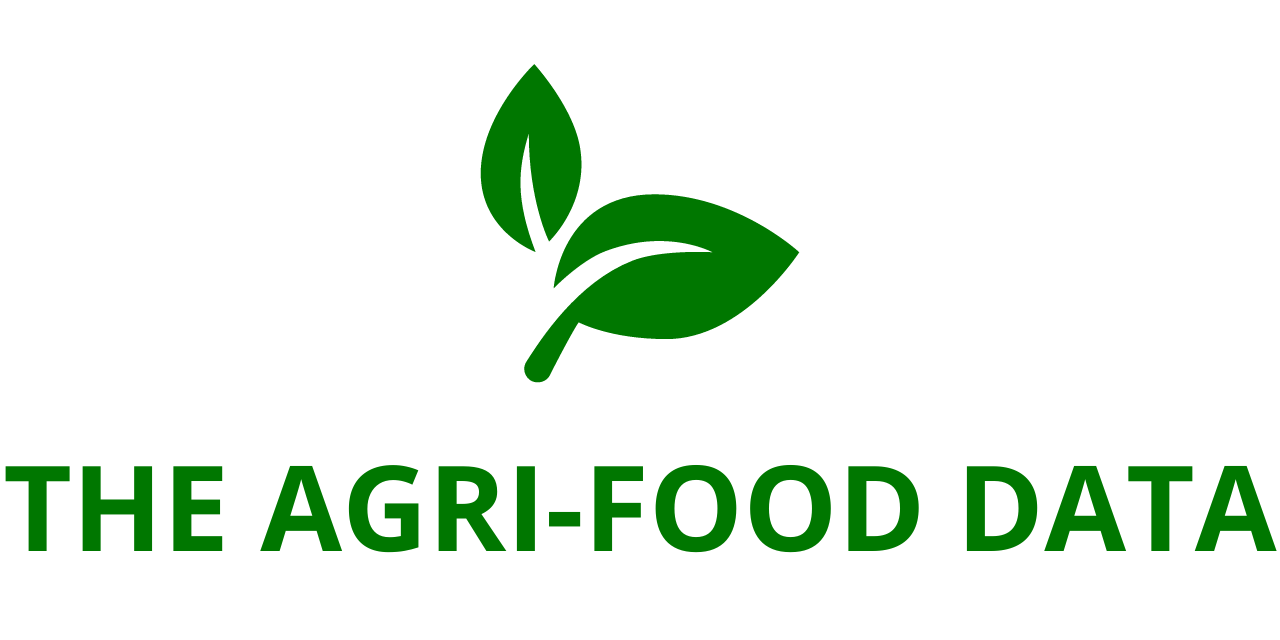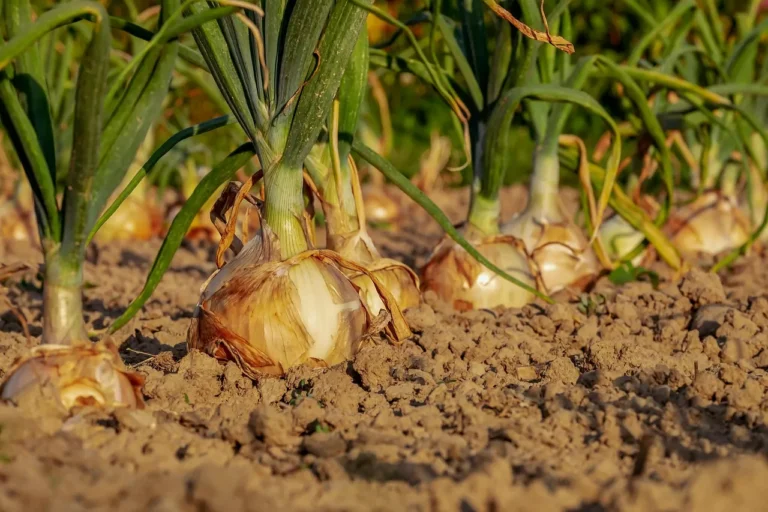
ResearchAndMarkets.com has added a new report to its offerings titled “Europe Ice Cream Market Size and Share Analysis – Growth Trends and Forecast Report 2025–2033.” According to the report, the European ice cream market is poised for robust growth, with its total value expected to rise from USD 21.95 billion in 2024 to USD 32.53 billion by 2033. This growth reflects a compound annual growth rate (CAGR) of 4.47% over the forecast period. The market is witnessing substantial transformation, driven by evolving consumer preferences, health-conscious choices, sustainability awareness, and advancements in distribution and production technologies.
Changing Consumer Tastes Fuel Demand for Premium, Healthy, and Artisanal Ice Cream
Across Europe, ice cream consumption is no longer limited to seasonal indulgence. Consumer behavior is shifting, with increasing demand for high-quality, premium products that deliver unique experiences. Modern consumers are willing to pay a premium for artisanal and luxurious ice cream varieties that feature exotic ingredients, novel textures, and bold, unconventional flavor combinations.
Simultaneously, the health and wellness movement is having a noticeable impact on product development. There is a growing preference for low-calorie, low-sugar, and dairy-free options. Vegan and plant-based ice creams, in particular, are gaining popularity not only among lactose-intolerant individuals but also among a broader audience that values ethical consumption and cleaner ingredients. These dietary-focused innovations are helping brands capture a wider market base and appeal to younger, health-aware demographics.
Market Dynamics: Retail Expansion and Impulse Buys Continue to Shape Consumption Patterns
The retail environment remains a critical factor in ice cream sales across Europe. Supermarkets, hypermarkets, and convenience stores dominate the distribution of packaged ice cream, providing wide access to both premium and mass-market products. At the same time, the impulse-buy segment, driven by seasonal demand and in-store placement, remains a vital revenue stream—especially during the summer months.
Ice cream parlors, cafes, and restaurants further bolster the industry’s appeal, offering freshly made and custom-tailored treats that elevate the consumer experience. These outlets are also hubs for premium and gourmet offerings, contributing to the rising demand for high-end ice cream products.
The growth of online grocery and direct-to-consumer platforms has also revolutionized the way ice cream is sold. E-commerce has become an increasingly important channel, offering convenience and enabling smaller, innovative brands to reach niche markets across different regions.
Innovation in Ingredients, Packaging, and Technology Enhances Market Appeal
Innovation continues to be the bedrock of the European ice cream industry. Companies are pushing boundaries in both product development and production technologies to remain competitive and meet dynamic consumer expectations.

Flavor Innovation: One of the key strategies involves launching bold new flavors that combine indulgence with creativity. Confectionery-inspired flavors—like Ferrero UK’s recent introduction of Kinder Bueno Ice Cream Cones—exemplify this trend, where classic candy elements are reimagined in frozen dessert formats. Such offerings tap into nostalgia while delivering novelty, enticing consumers with rich textures and layered experiences.
Functional and Plant-Based Ingredients: Increasingly, brands are formulating products using functional ingredients like probiotics, proteins, or vitamins to appeal to health-conscious consumers. Moreover, the rise of plant-based diets is driving the demand for non-dairy alternatives made from almond, soy, oat, or coconut milk. Spanish brand Pink Albatross, for example, has expanded its presence in Spain, Portugal, and Belgium with a line of vegan Belgian chocolate and fruit bars.
Sustainable Packaging: Environmental responsibility is now a key focus area. Consumers are showing growing concern for the ecological impact of packaging and ingredient sourcing. Brands are adopting recyclable materials, compostable containers, and minimalistic packaging designs that emphasize eco-friendliness. Sustainable production processes and transparent labeling are also helping build brand loyalty.
Technology in Production: Technological advancements are significantly improving the quality and consistency of ice cream. Enhanced freezing techniques and automated production systems ensure smoother textures and better ingredient integration. Moreover, the rise in home appliance innovations, such as Cuisinart’s Solo Scoops, is enabling consumers to experiment with personalized ice cream recipes at home—further fueling interest in the category.
Competitive Landscape: Leading Players and Market Challenges
The European ice cream market is highly competitive, with global and regional players vying for market share through product innovation, pricing strategies, and brand positioning. Key players include:
- Unilever – Known for iconic brands such as Magnum and Ben & Jerry’s, it continues to lead in both innovation and market penetration.
- Froneri International – A joint venture between Nestlé and R&R Ice Cream, Froneri is a major force in the European market.
- General Mills – Known for its Häagen-Dazs brand, the company focuses on premium and health-conscious offerings.
In addition to these major brands, the market also sees intense competition from private-label and budget-friendly brands, particularly in price-sensitive regions. While these brands offer affordability, they must increasingly contend with consumer demand for high-quality and sustainable products.
The core challenge for companies lies in balancing broad appeal with targeted innovation. Developing products that satisfy both health-focused consumers and those seeking indulgent treats requires a fine balance of quality, affordability, and marketing finesse.
Country-Level Analysis: Diverse Preferences Across Europe
The ice cream market in Europe is far from homogenous. Regional tastes and preferences play a critical role in shaping product strategies:
- France: Continues to favor artisanal and traditional ice creams, with an emphasis on rich textures and local ingredients.
- Germany: Sees high demand for authentic, premium products, but health-oriented options like low-sugar and dairy-free varieties are rapidly gaining ground.
- United Kingdom: One of the most dynamic markets, the UK is characterized by strong demand for gourmet flavors, plant-based alternatives, and eco-conscious packaging.
- Spain & Italy: While traditional gelato remains popular, younger consumers are driving interest in novel flavors and vegan selections.
- Belgium & The Netherlands: These markets show a growing appreciation for niche and organic offerings.
- Turkey: Offers a mix of Western-style indulgent ice creams and local formats, with growing modernization in distribution channels.





